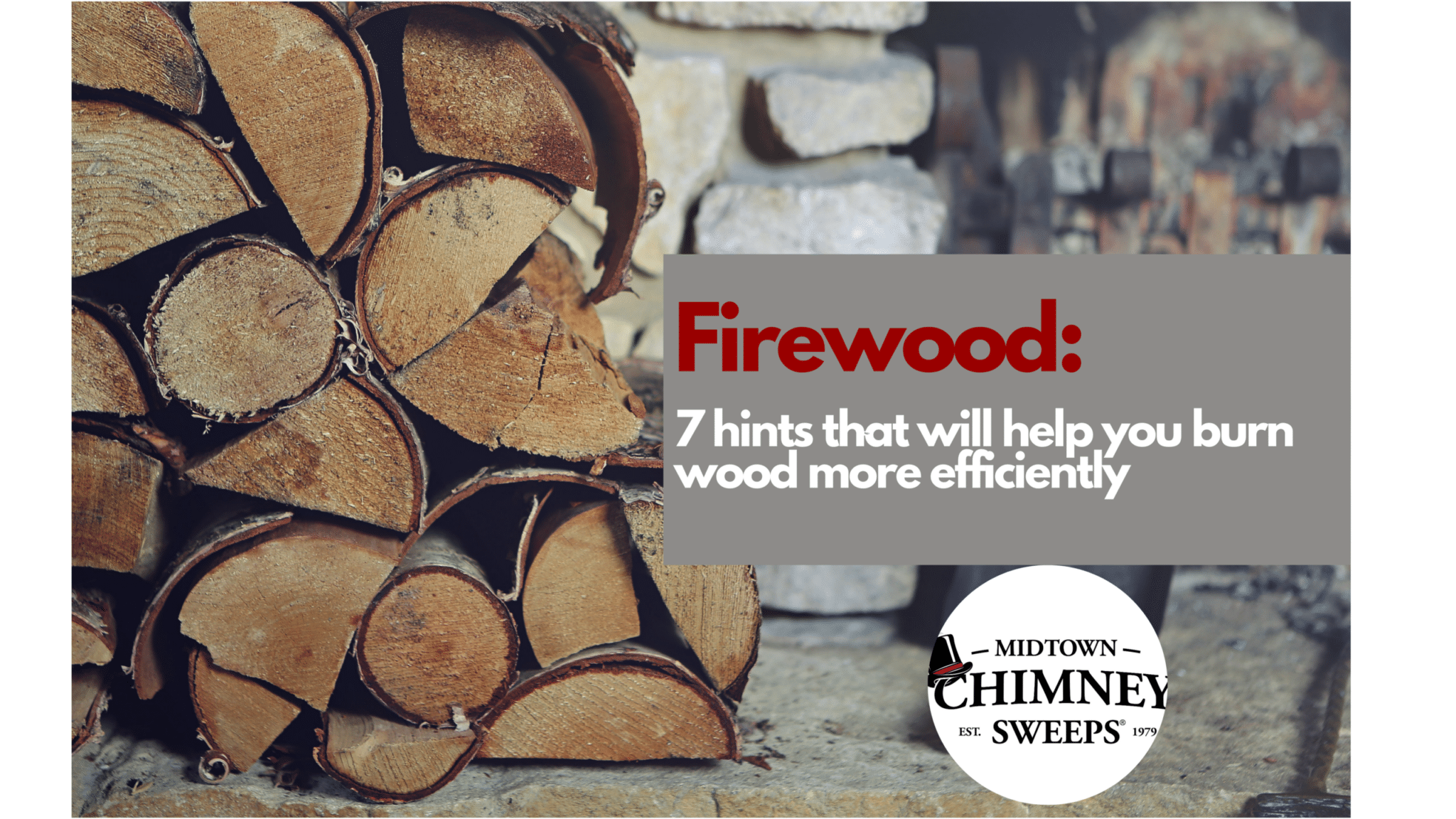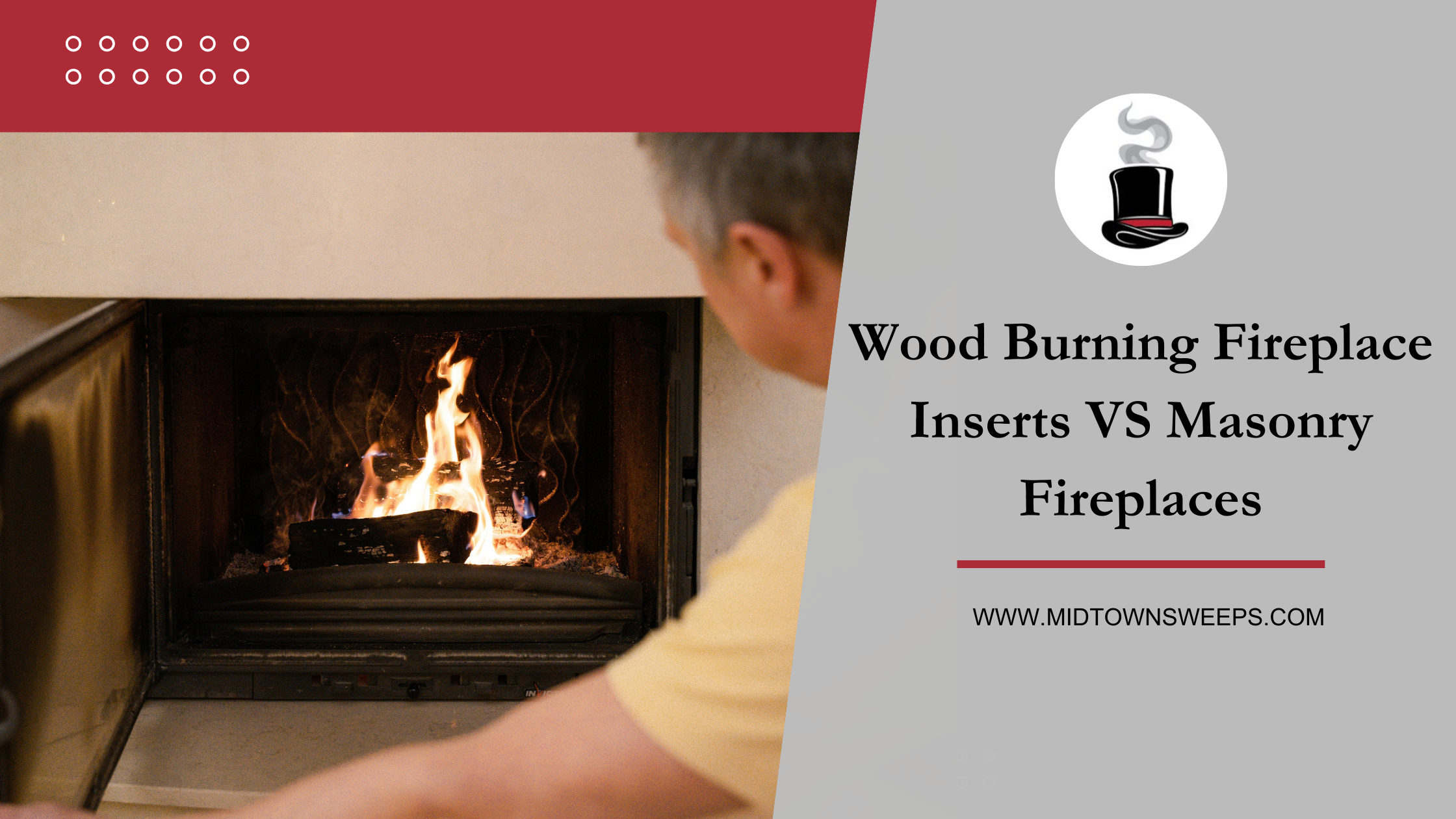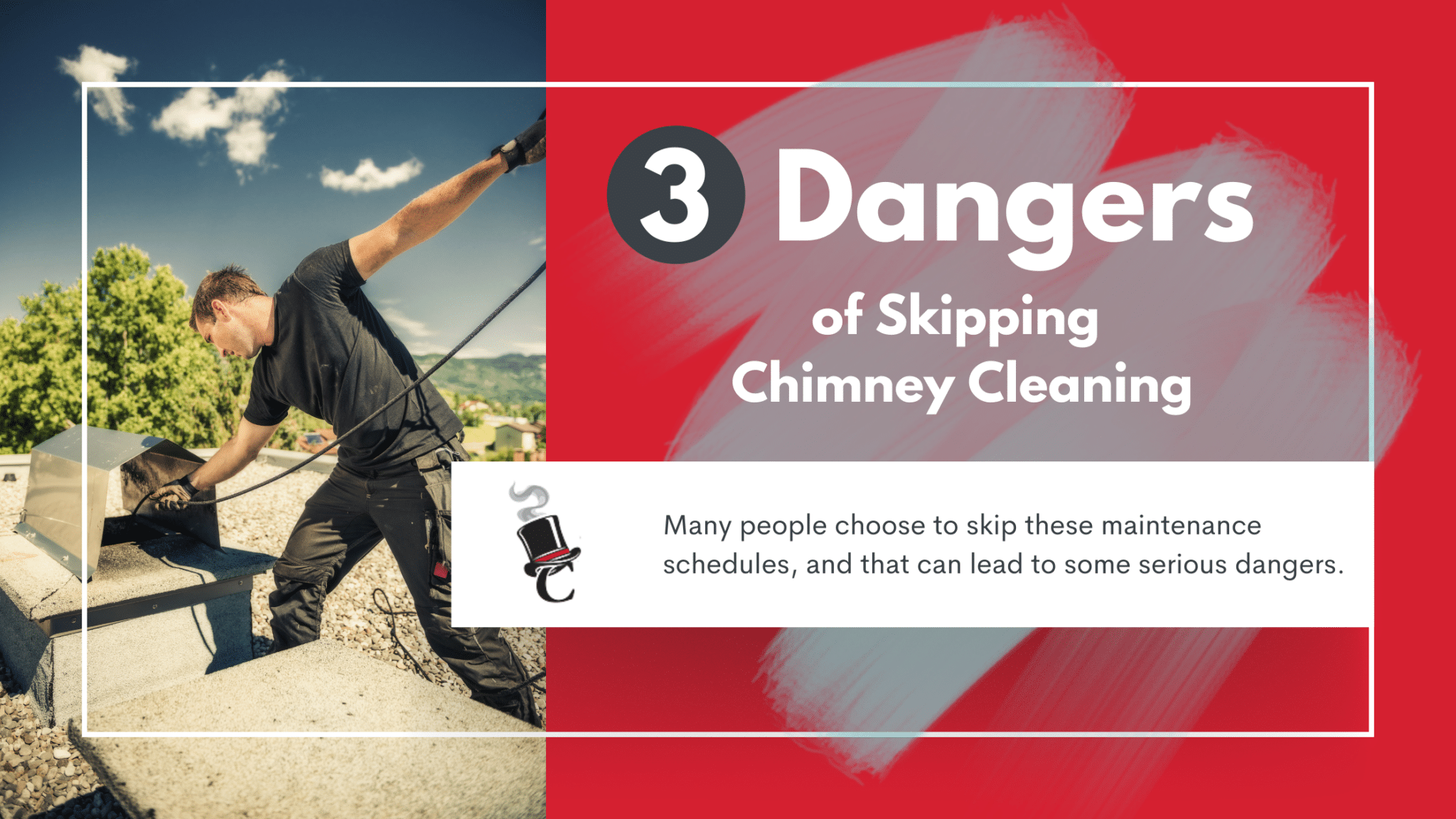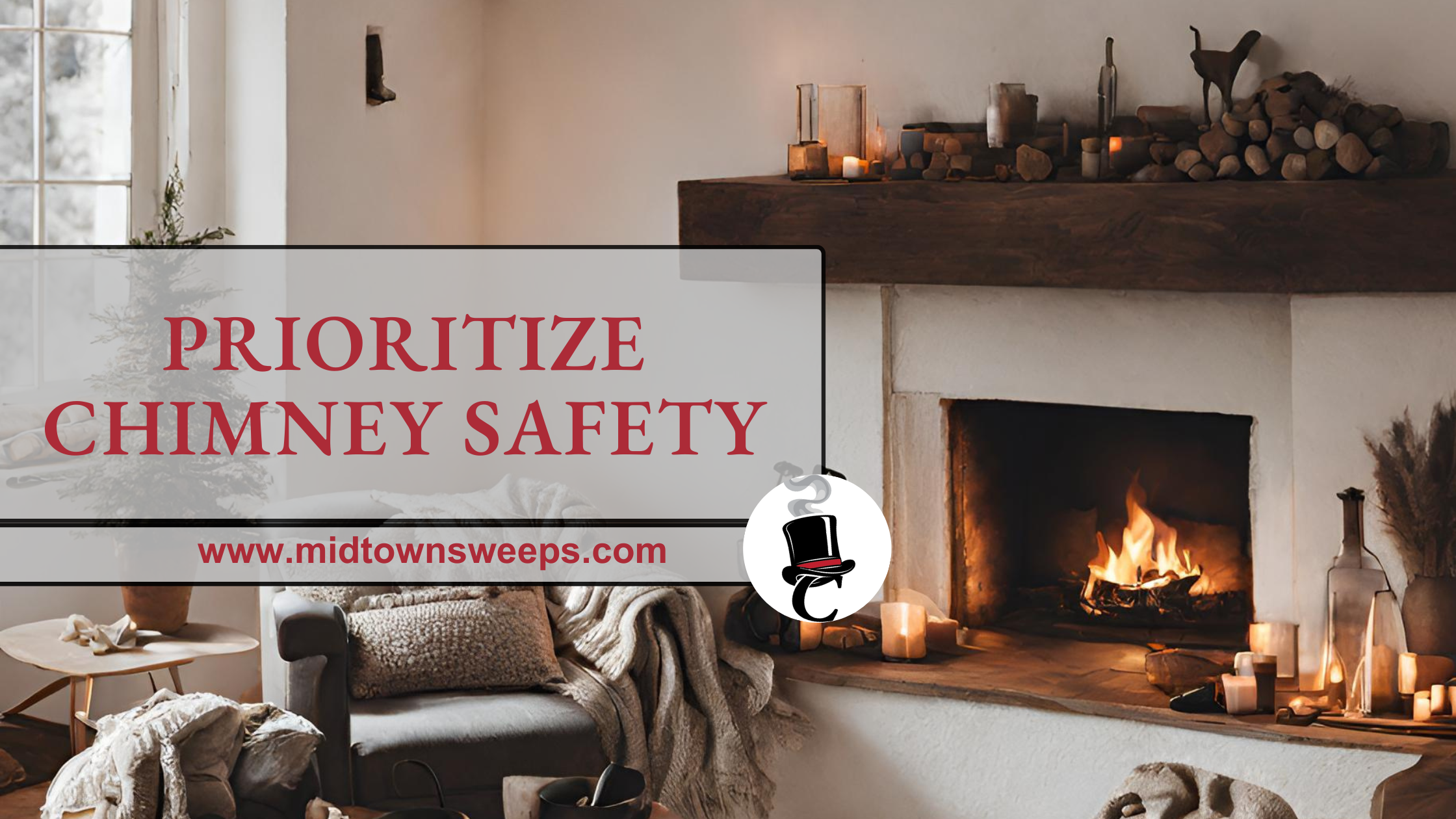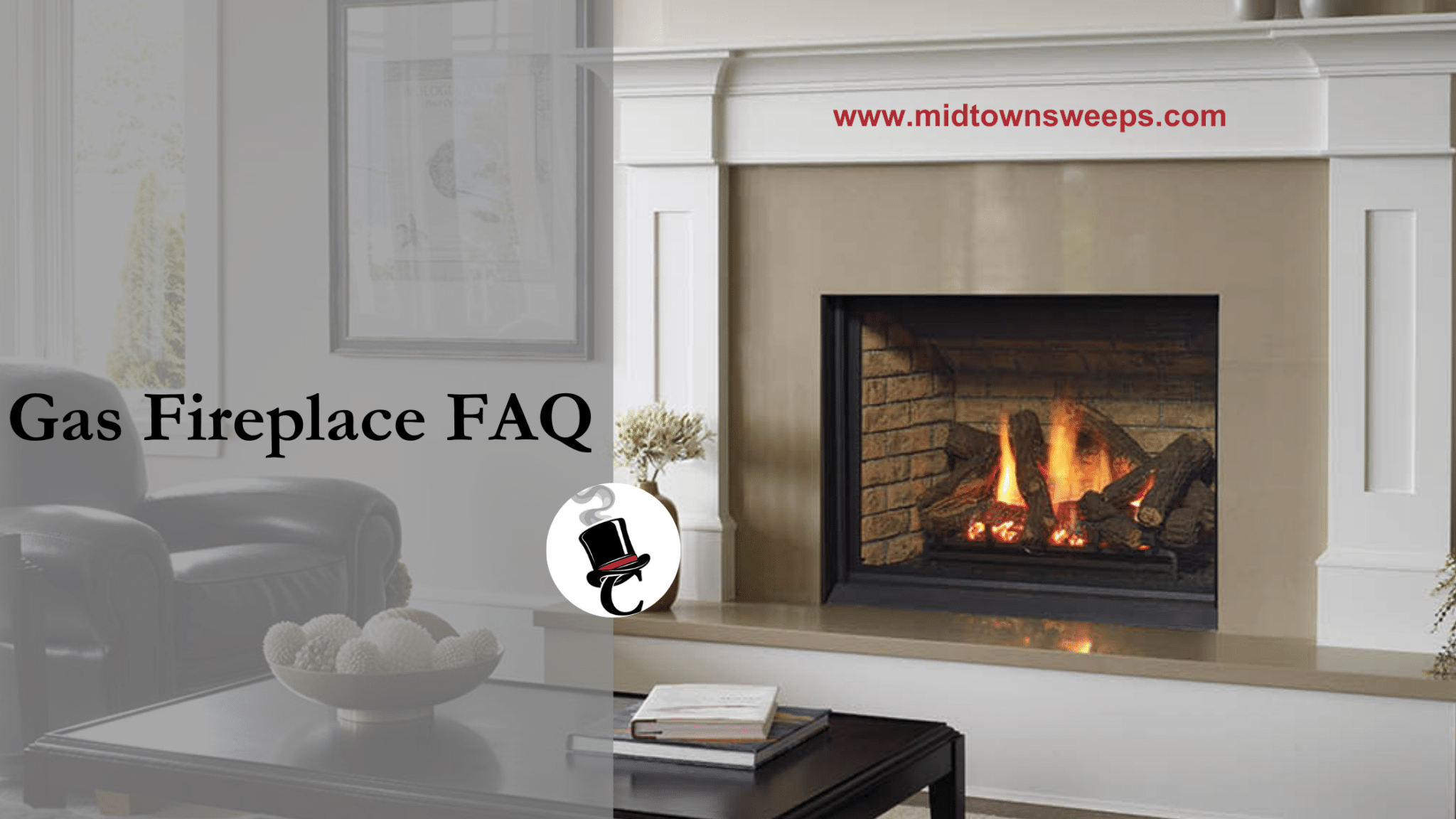Nothing beats a wood-burning fire in the hearth or stove, especially in these colder months. Burning firewood more efficiently can help prolong the life of your unit. It also will help give better heat output and keep the building of creosote at bay (at least until your annual sweep and inspection).
Here are 7 hints that will help you burn wood more efficiently!
-
Choose the best wood for the job.
Not all woods burn the same way and it’s important to become familiar with what works best for your fireplace or wood-burning stove. While typically a bit more expensive, harder woods such as oak or maple tend to burn longer and hotter. Pine, spruce and fir are considered to be softer woods. These will burn more quickly and typically leave a finer dusting of ash behind. It’s important to remember not to burn “coated” wood as the residue will build up creosote faster. Learn what works best for you and your unit to maximize the heat output and lifespan of your fireplace or stove!
-
Burning wet wood is a no-no.
Always make sure your firewood is fully dry before burning. Burning wet wood releases a lot of smoke. That smoke rises through your unit and can speed up the creosote build-up. When storing firewood, always store it off the ground and keep it covered to prevent additional moisture. We recommend purchasing a Wood Moisture Meter which can measure the moisture content of your firewood. You can purchase one for around $20 here.
-
Season your Firewood
The thought of seasoning your firewood can seem strange but trust us, it’s very different from the “seasoning” for your chicken or steak dinner. Seasoned firewood simply means air-drying the wood prior to burning. This is the way to create that desired dry wood mentioned above. Freshly cut wood tends to contain a lot of moisture and will not burn as efficiently. We recommend seasoning your firewood for up to 6 months before burning. The longer the wood is left out to dry, the better.
-
Build your fires hot and bright
This feels like a given, but those bright flames will help keep additional smoke from rising (preventing creosote buildup). Start with tinder and split your firewood into longer, smaller pieces to stack together. This will help ignite the wood quicker and result in a flame as opposed to smoke.
-
Cycle your burning
Once that fire is hot and bright, it’s best to add at least logs onto your fire to keep the heat flowing. Instead of placing one log to burn down before the next, cycle your kindling to keep those logs hot. This will allow additional firewood pieces to ignite once added and will keep your flame burning longer with minimum smoke.
-
Keep the hot coals raked
Much like wanting to keep your fire logs hot, raking the coals gives them airflow which will keep them burning hot. Before adding more wood, carefully rake the coals below to ignite them. Doing this will help the new, dry firewood kindle faster.
-
Consider using EPA-certified appliances
The different appliances used for wood-burning includes, but not limited to, wood-burning fireplaces, wood burning stoves, wood pellet stoves, masonry fireplaces, hydronic heaters and fireplace inserts. When looking for a new appliance, verify that it is EPA-certified to ensure it meets voluntary (qualified) or regulatory (certified) EPA emission standards. Appliances that are EPA-certified burn wood more efficiently and cleanly than non-certified ones. This can help eliminate issues down the road with creosote buildup or maintenance!
Burning the correct type of wood efficiently will not only benefit the heat output, it can prolong the life of your unit. Good burning practice will also help minimize creosote build-up and prevent needing more inspections outside of your annual sweep and inspection. Next time your chimney sweep is scheduled, ask them for their best recommendations when it comes to safe, efficient burning!
